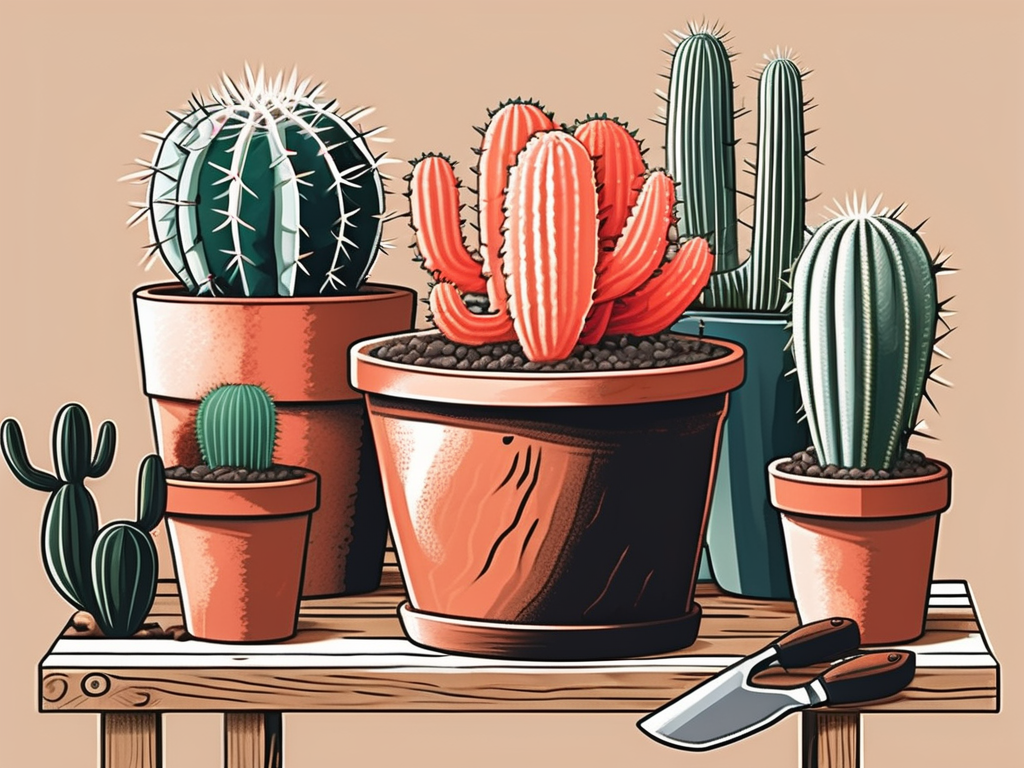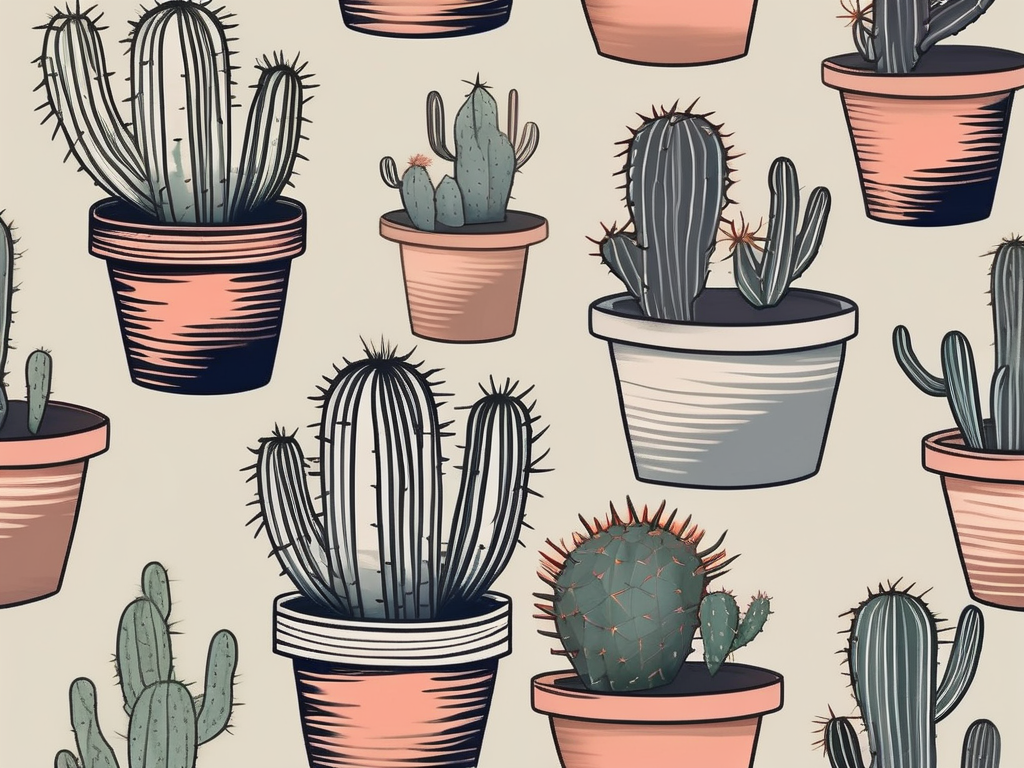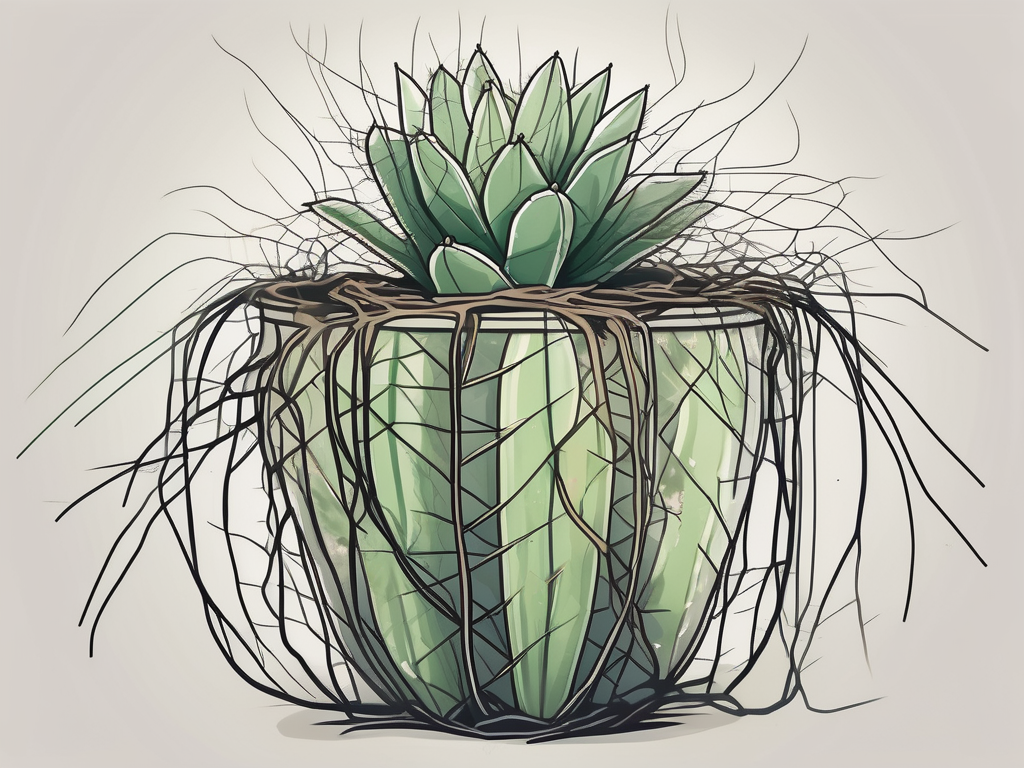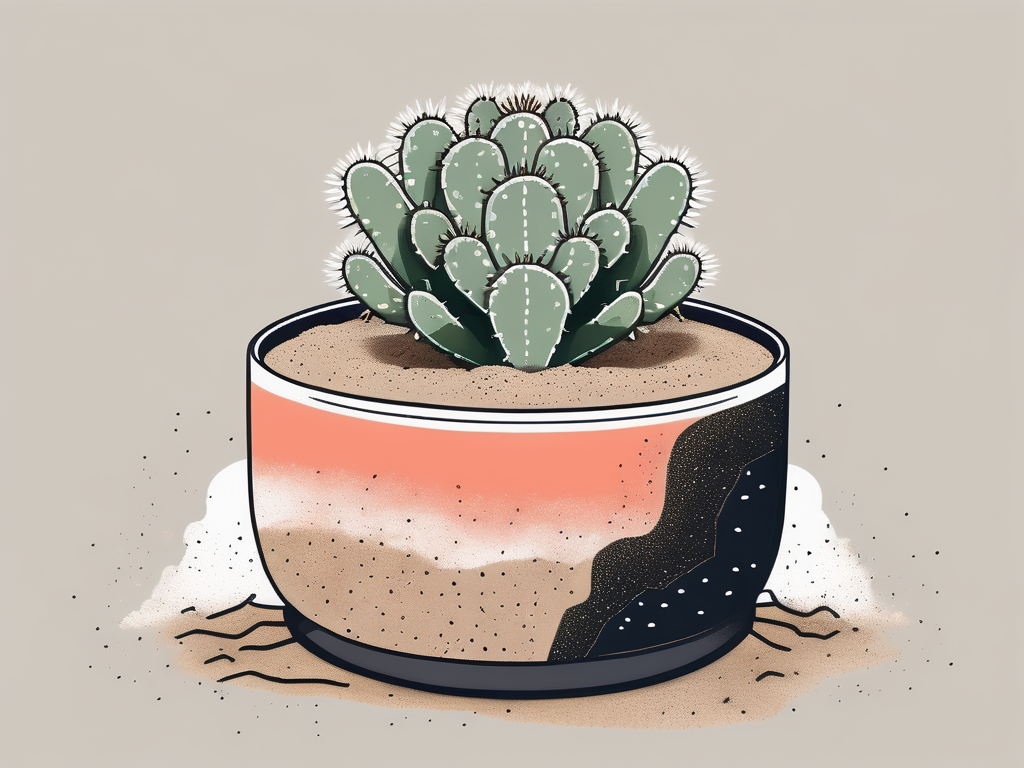
Coral cactus is a fascinating plant that combines the striking beauty of a cactus with the unique form of a succulent. It's a favorite among plant lovers for its unusual appearance and relatively easy care requirements. If you're looking to add something a bit different to your plant collection, the coral cactus might just be the perfect choice.
In this article, we're going to chat about everything you need to know to keep your coral cactus happy and healthy. From light and watering requirements to dealing with pests and creating a cozy spot for it in your home, we've got you covered. So, let's jump right in and take a closer look at this intriguing plant.
Getting to Know the Coral Cactus
The coral cactus is not actually a cactus at all. It's a grafted plant, meaning it comes from joining two different plants together. The top part, which looks like a coral reef with its wavy, colorful ridges, is typically a type of Euphorbia, while the bottom is a cactus-like plant, often a Euphorbia neriifolia. This grafting process gives the coral cactus its unique appearance and makes it a real conversation starter in any plant collection.
One of the first things you'll notice about the coral cactus is its vibrant colors, which can range from shades of green to reds and purples. This makes it an eye-catching addition to any home. While it may look a bit intimidating at first, the coral cactus is quite hardy and can adapt to a variety of environments, making it a great choice for both new and experienced plant parents.
Interestingly, because the coral cactus is a grafted plant, it has a few quirks. For instance, it doesn't flower like traditional cacti or succulents. Instead, its beauty lies in its striking form and color. This makes it a perfect candidate for anyone looking to add a splash of color and texture to their indoor garden without the need for blooms.
Finding the Right Spot for Your Coral Cactus
Light is one of the most important factors when it comes to keeping your coral cactus happy. These plants love bright, indirect sunlight, so placing them near a window where they can soak up plenty of light is ideal. However, be careful not to expose them to direct sunlight for too long, as this can scorch the plant and cause its colors to fade.
If you notice that your coral cactus is starting to stretch out or lose its vibrant color, it might not be getting enough light. In this case, try moving it to a brighter spot or consider supplementing with a grow light if natural light is limited.
On the flip side, too much direct sunlight can be harmful, leading to sunburned leaves. If you see white or yellow patches on your plant, it's a sign that it’s getting too much sun. Simply move it to a spot with less direct light, and it should recover nicely.
Remember, finding the right balance of light is key. As a general rule, if you’re comfortable with the amount of light in a room, your coral cactus will likely be, too. A little trial and error might be necessary, but once you find the sweet spot, your plant will thrive.
Watering Wisdom for Coral Cactus
Watering can be a bit tricky with coral cacti, as they have specific needs. Like many succulents, they prefer to dry out completely between waterings. Overwatering is one of the most common issues with these plants and can lead to root rot, which is often fatal.
The best way to determine when your coral cactus needs water is to check the soil. Stick your finger about an inch into the soil; if it feels dry, it’s time to water. If it’s still damp, hold off for a bit. During the warmer months, you might find yourself watering more frequently, while in the cooler months, you can reduce the frequency significantly.
When you do water, make sure to give it a good soak. Water until it starts to drain out of the bottom of the pot. This ensures that the roots get enough moisture without letting the plant sit in water. Always empty the saucer under the pot to prevent standing water, which can lead to rot.
One more thing to keep in mind: coral cacti are sensitive to minerals found in tap water, like chlorine and fluoride. If possible, use distilled water or let tap water sit out overnight to allow these minerals to dissipate before watering your plant.
Choosing the Right Pot and Soil
Choosing the right pot and soil is essential for the health of your coral cactus. These plants need well-draining soil to prevent water from sitting around the roots and causing rot. A cactus or succulent mix is perfect for this, as it’s designed to drain quickly while retaining just enough moisture for the plant to absorb.
When it comes to pots, drainage is key. Always choose a pot with drainage holes to allow excess water to escape. This helps prevent the dreaded root rot that can occur if the plant sits in soggy soil. Terracotta pots are a great choice because they’re porous and allow for better airflow, which helps the soil dry out between waterings.
Repotting is another consideration. Coral cacti don’t need to be repotted often, usually every two to three years, or when the plant outgrows its current pot. When you do repot, choose a pot that’s only slightly larger than the current one to prevent overwatering issues. Fresh soil will also provide a new batch of nutrients to support your plant’s growth.
Repotting can be a bit of a messy task, but here’s a quick tip: lay down some newspaper or an old sheet to catch any stray soil. This makes cleanup a breeze and keeps your workspace tidy.
Feeding Your Coral Cactus
Feeding your coral cactus is a simple way to support its growth and vibrant color. During the growing season, which typically runs from spring to early fall, you can feed your plant with a balanced, water-soluble fertilizer. A good rule of thumb is to dilute the fertilizer to half the recommended strength to avoid overfeeding, which can harm the plant.
Feed your coral cactus about once a month during these active growing months. In the dormant season, usually winter, you can skip the fertilizer altogether, as the plant's growth slows down and it requires less nutrient intake.
Be sure to water your coral cactus before fertilizing. Feeding a dry plant can lead to root burn, which is not what we want. By watering first, you ensure the roots are ready to absorb the nutrients without any damage.
If you’re ever unsure about fertilizing, less is more. Coral cacti are relatively low-maintenance when it comes to feeding, and they can often thrive with minimal intervention. Just keep an eye on your plant's growth and color, and adjust your feeding schedule as needed.
Managing Pests and Diseases
While coral cacti are generally resistant to pests and diseases, they’re not entirely immune. Common pests include mealybugs, spider mites, and scale insects. These pesky invaders can cause damage to your plant if not addressed promptly.
If you notice any signs of infestation, such as discolored spots or a sticky residue on the plant, it's important to act quickly. You can remove pests manually with a cotton swab dipped in alcohol. This method is effective for small infestations and gentle on the plant.
For larger infestations, you might need to use a neem oil spray or insecticidal soap. These are safe options that can help control pests without harming your plant. Be sure to follow the instructions on the product label for the best results.
In terms of disease, root rot is the most common issue with coral cacti, typically caused by overwatering. If you notice mushy or discolored roots, it’s time to take action. Remove the affected parts of the plant and repot in fresh, dry soil. This can often save the plant if caught early enough.
Preventing these issues is always the best course of action. By providing proper care, including the right light, water, and soil conditions, you can keep your coral cactus healthy and resilient against pests and diseases.
Creating a Beautiful Space with Coral Cactus
Now that you know how to care for your coral cactus, let’s talk about how to incorporate it into your home decor. With its unique form and vibrant colors, the coral cactus is a stunning focal point that can brighten up any space.
Consider placing your coral cactus in a spot where it can catch the eye, like a windowsill or a shelf with plenty of indirect light. Its architectural shape makes it a natural conversation starter, and it pairs beautifully with other succulents or cacti for a cohesive look.
You can also experiment with different pots and stands to add a personal touch to your plant display. A colorful pot can complement the hues of the coral cactus, while a minimalist stand can elevate its beauty without taking attention away from the plant itself.
In addition to its visual appeal, the coral cactus can also bring a sense of calm and tranquility to your home. Plants have been shown to reduce stress and improve mood, making them a wonderful addition to any living space. Whether you’re looking to create a relaxing oasis or a vibrant plant collection, the coral cactus is a versatile choice that fits right in.
Propagating Coral Cactus
While propagating a coral cactus can be a bit challenging due to its grafted nature, it’s not impossible. Typically, the best way to propagate is by using cuttings from the Euphorbia top, as the rootstock doesn’t usually produce offsets.
Here’s a simple way to get started:
- Carefully cut a healthy section from the top of your coral cactus using a clean, sharp knife.
- Allow the cutting to dry and callous over for a few days. This helps prevent rot when it’s planted.
- Once calloused, plant the cutting in a pot with well-draining cactus or succulent soil.
- Water sparingly at first, just enough to keep the soil slightly moist until roots develop.
- Keep the cutting in a warm, bright spot with indirect light.
Patience is key with propagation, as it can take several weeks for roots to form. If your cutting starts to show new growth, it’s a sign that roots are developing and your propagation is on the right track.
Remember, not all propagations are successful, and that’s perfectly okay. It's all part of the learning process, and even experienced plant people have their fair share of propagation failures. Just keep experimenting and learning, and you’ll soon get the hang of it.
Common Mistakes and How to Avoid Them
Even with the best intentions, mistakes can happen. Here are some common pitfalls when caring for a coral cactus and how to steer clear of them:
- Overwatering: As mentioned earlier, overwatering is a common issue. Stick to the “dry out between waterings” rule, and always check the soil before adding more water.
- Inadequate Light: Without enough light, your coral cactus may lose its vibrant color or become leggy. Ensure it gets plenty of bright, indirect light for optimal health.
- Poor Drainage: Using the wrong type of soil or a pot without drainage holes can lead to waterlogged roots. Always choose well-draining soil and pots with drainage to keep your plant healthy.
- Ignoring Pests: Regularly inspect your plant for signs of pests and address any problems promptly to prevent them from spreading.
Avoiding these common mistakes can go a long way in ensuring your coral cactus thrives. And remember, every plant is unique, so what works for one might not work for another. Be observant and adaptable, and you’ll have a happy, healthy plant in no time.
Final Thoughts
The coral cactus is a unique and beautiful addition to any plant collection, offering a splash of color and intrigue to your home. By understanding its needs and providing proper care, you can enjoy this fascinating plant for years to come.
Here at Cafe Planta, we're all about helping you succeed with your plant journey. Whether you need new plants, care accessories, or just some friendly advice, we're here for you. Feel free to reach out via email or Instagram—we love connecting with fellow plant lovers! Let's grow together and make our homes a little greener.
























